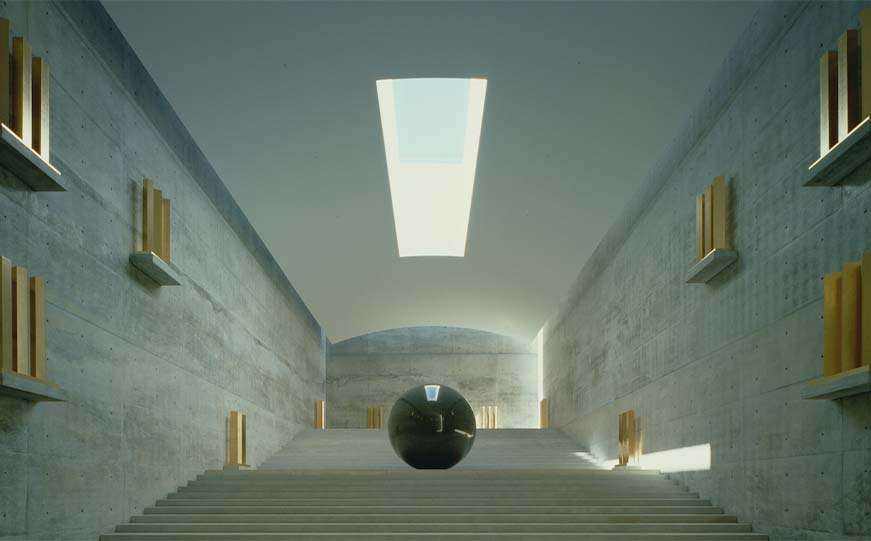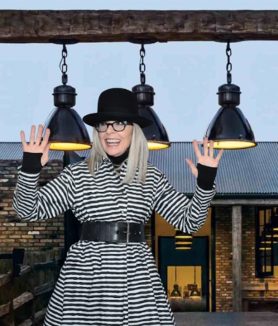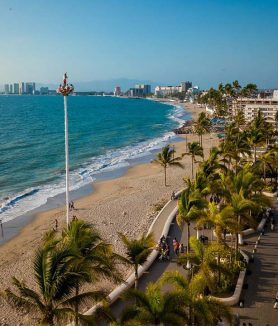If you are looking for a tourist destination in Japan where art and architecture coexist in perfect harmony, Naoshima is your ideal place. This small island in the Seto Inland Sea is a must-see for any lover of contemporary art and modern architecture. Here, the work of famous architect Tadao Ando has transformed Naoshima into an open-air museum. Discover how this relationship between Naoshima, Tadao Ando and contemporary art offers an unforgettable experience and how this model could be applied in Mexico.
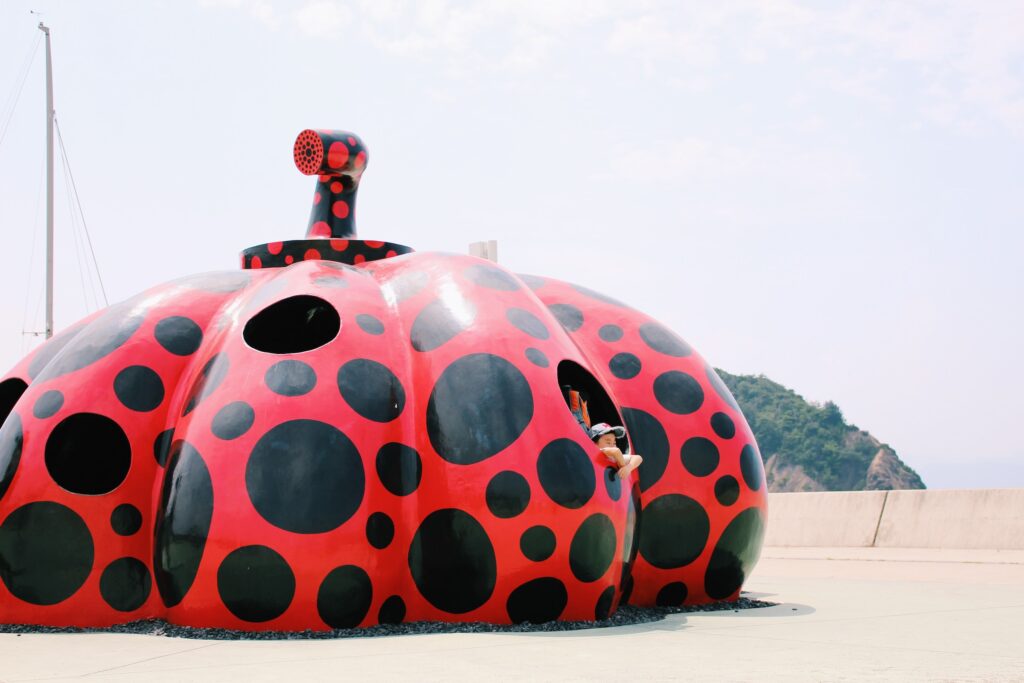
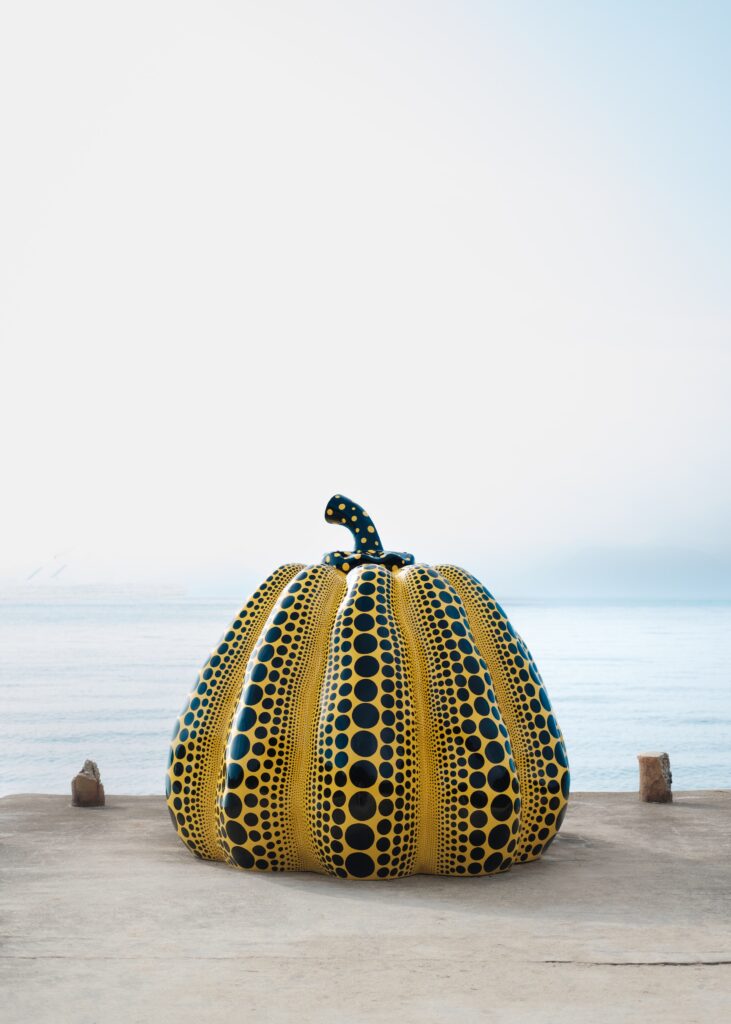
What Makes Naoshima Special? History of an Art Island in Japan
Originally known for its economy based on fishing and metal refining, Naoshima changed course in the 1980s thanks to the vision of Benesse Holdings, Inc. and local administration. Today, the island has become a center of contemporary art and culture, attracting visitors from all over the world.
Tadao Ando in Naoshima: The Architect who Redefined the Island
The Pritzker Tadao Ando is the creative force behind Naoshima's transformation. Known for combining modernism with Japanese tradition, Ando has created several iconic buildings on the island, including the world-famous Benesse House and the Chichu Museum.
Benesse House: Hotel and Museum in One
The Benesse House is one of the main attractions in Naoshima. Designed by Tadao Ando, this space functions as museum and hotel, and is a clear example of how modern architecture and contemporary art can coexist and enhance the surrounding natural beauty.
Chichu Museum: An Underground Architectural Jewel


Another masterpiece of Tadao Ando in Naoshima is the Chichu Museum. Built mostly underground to preserve the natural landscape, this museum offers a unique experience, housing works by Claude Monet and James Turrell in rooms designed specifically for them.
Naoshima y la Naturaleza: Arte al Aire Libre en Japón
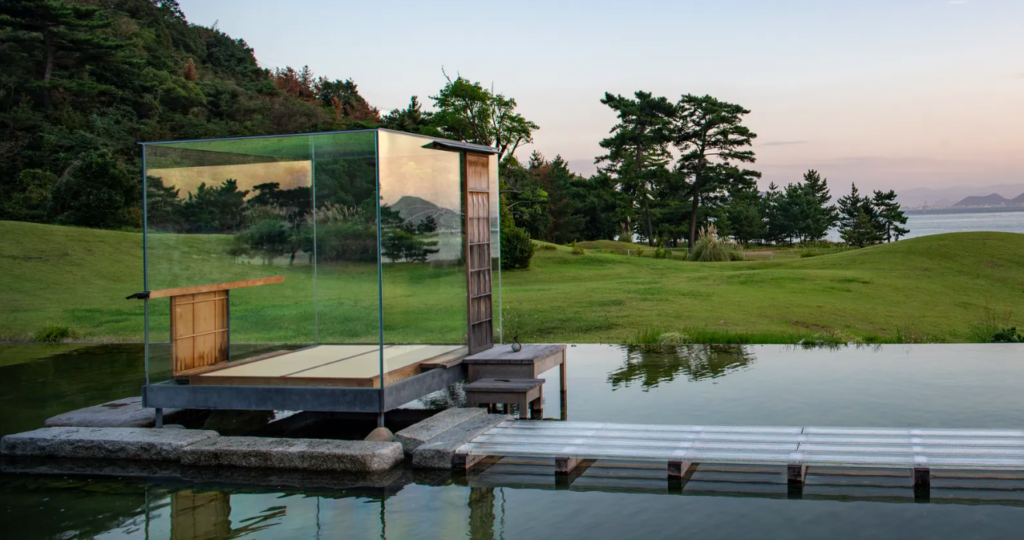

Naoshima is not only a destination for lovers of interior art; It is also an open-air museum. Tadao Ando's vision extends beyond museum walls, integrating sculptures and relaxation spaces into the island's beautiful natural surroundings.
A Model for Mexico: How Art and Tourism Development Could Be Applied
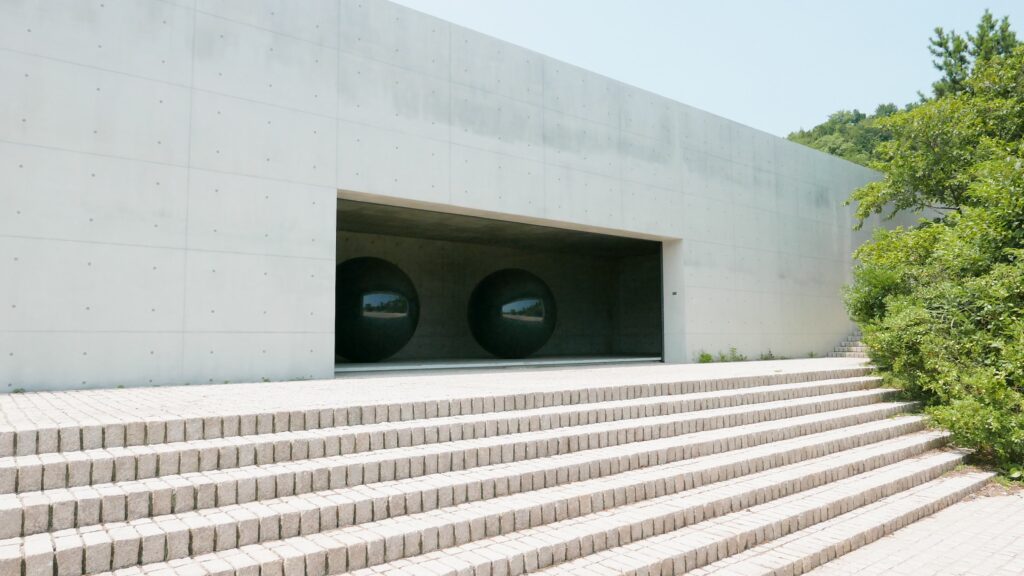
Naoshima's transformation story serves as an inspiring model that could be applied in Mexico. With its rich tradition in arts and culture, Mexico has significant potential to turn certain places into tourist destinations based on the symbiosis of art, architecture and nature, just like Naoshima. Investments in cultural infrastructure could revitalize less developed areas and attract international tourism, generating long-term economic and social benefits.


